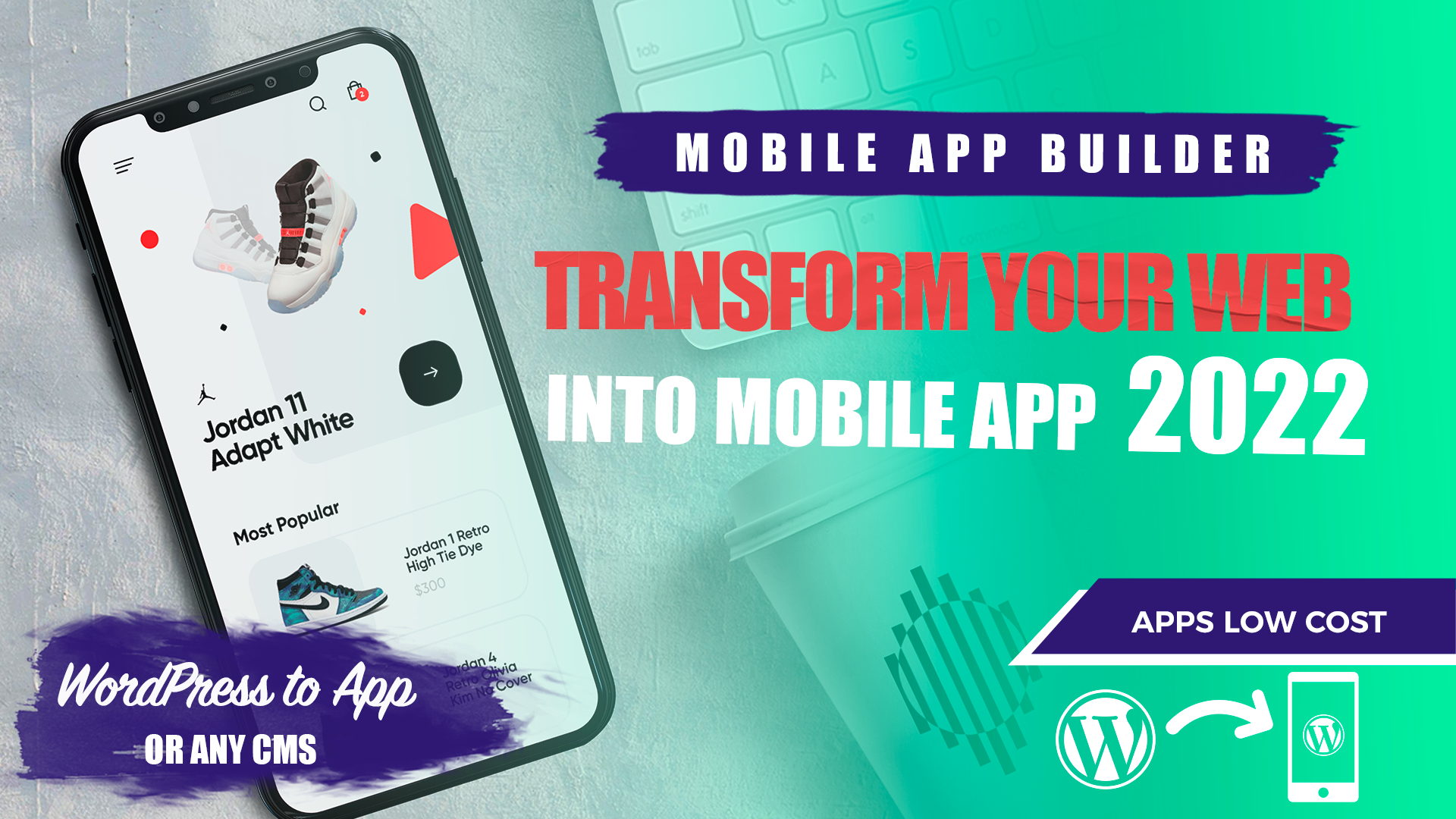Performing marketing analysis requires compiling data across your entire spectrum of marketing channels, including SEO, online advertising, social networking, and email marketing. This is one of the biggest challenges for companies to achieve effective digital marketing strategies.
Analytics for SEO
SEO is a lot about keywords. You need to find out which ones are generating traffic and whether those prospects convert into leads.
During marketing analysis, you can easily find yourself in a situation where you are spending a lot of time analyzing without reaching any productive conclusions. The important thing is to identify opportunities to earn more money – which usually means getting more and better traffic– and receiving backlinks from third-party websites accordingly.
Another idea to emphasize is to always benchmark your competition: find out how they are making money, the keywords with which they are best ranked, the subjects they explore most and the tone employed. This could be great inspiration for your site!
Analytics for conversion
You should never lose sight of the final goal of your site: conversion! Bringing traffic means nothing if the traffic does not convert into leads. A conversion can be subscribing, applying for a job or making a purchase.
Make sure you use data-driven marketing to identify traffic sources, pages and content where visitors convert more. In this way, you can know what webpages are the best in your site and why do they work.
Once your traffic grows, you can perform a big data analysis of your users based on traffic sources, conversion rate and conversion value for each piece of content.
The benefits of big data are not limited to high traffic pages. One of the most relevant metrics is the conversion rate: even though you might have a small number of visitors from a given channel, if it has a high percentage of conversion, you have to focus on getting more traffic from that channel.
Being able to analyze the bounces people leaving your website without converting is another benefit of big data. Look at each step of the conversion funnel and identify when the users drop out. There can be many reasons for a user to leave your site: maybe the form was too long, the landing page was confusing or the user was unable to find the key information he was after, etc. Retaining the customers once they are attracted to your site is crucial, that´s why King of App gives you 5 Smart Tips to Increase Mobile App Users Retention.
Analytics Pay-Per-Click
In the first place, focus on your target audience and verify if they find your website using the keywords that they are most interested in. The campaigns should be specific and the ads should bring the users directly to the most relevant page you have on the topic they searched for.
Analyze pay-per-click campaigns as one of your marketing strategies instead of isolating each channel. If the traffic is not converting as well as other channels or if the cost is higher than the revenue generated, pause nad rethink these campaigns.
An essential metric from big data analysis is the click-through rate (CTR). It measures your ad’s effectiveness. Are people clicking on the ads you are showing on Facebook, Twitter or Google? What is the CTR in each of these channels? Most advertising networks favor high CTR ads, so if your ad has a low CTR on Adwords, Google might not even show it.
Analytics for Social Media
Social media is about getting your content out to the world. Are people sharing your articles or posts? What do influencers think of your website and content? Data-driven marketing can help you identify what content you should focus on and who you to reach out to.
The social media marketer should test strategies using tools such as copies, networks and influencers. The good news is that it can be done at a relatively low cost compared to other channels. It is a constant testing exercise, because maybe what works one week will not work in six months.
Analytics for Email Marketing
Last but not least, inside your marketing strategies, you must have e-mail marketing as an essential component. The most important takeaway from this channel is that it is a two-way conversation. The answers of the users (or lack thereof) give you plenty of information to analyze.
The open rate is a very useful metric for measuring subject lines. The objective of the subject line is not just to get people to open the email but to get the right people. You want readers who open the email to find content that they are expecting and ultimately convert into leads.
Spam complaints and unsubscriptions also give you useful information. Tracking whether people subscribed through your home page, a marketing campaign or your mobile application might lead to a clue as to why they unsubscribed.
The click-reach is the percentage of subscribers clicking over a period of time. There are three ways to increase it: customization, segmentation and triggered emails. Confirm that your emails are customized to meet each of your user segments and that your triggered emails provide value.
To help you to optimize your mobile app, achieve a higher ranking in the app store, and increase the engagement between your company and your customers, King of App facilitates you with a variety of services and settings that make your business more visible and attractive to the public.



















